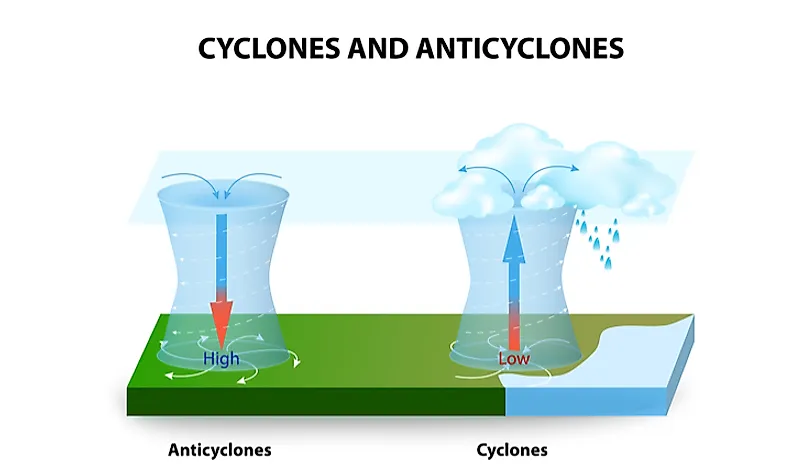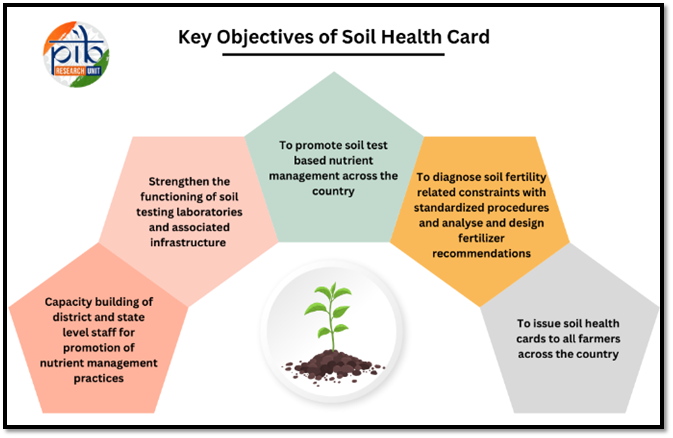Swami Ramakrishna Paramhansa
Syllabus :GS 1/History
In News
- The Prime Minister paid tributes to Swami Ramakrishna Paramhansa on his Jayanti.
Swami Ramakrishna Paramhansa
- Swami Ramakrishna was born as Gadadhar Chattopadhyay on February 18, 1836, in Kamarpukur, Bengal, to a poor Brahmin family with strong religious values.
- His deep spirituality led him to explore various religious paths, affirming that all faiths lead to the same divine truth.
- His life was centered around uninterrupted contemplation of God.
- His God-consciousness transcends time and place, appealing universally to seekers of all religions.
Notable Disciple
- Foremost among his innumerable disciples was Swami Vivekananda, who was instrumental in establishing the philosophy of Ramakrishna at a global stage.
- Vivekananda established the Ramakrishna Mission in 1897 to carry out the visions of his Guru Ramakrishna and dedicated the establishment in servitude of the society.
Teaching and Message
- Sri Ramakrishna’s life influenced modern spiritual thought and currents.
- He proved that God-realization is not limited by age, country, or people.
- His teachings demonstrated that God exists beyond materialism and skepticism, restoring faith in religion.
- His teachings and spiritual presence uplifted individuals, transforming sinners into saints and purifying all.
Relevance Today
- Ramakrishna’s greatest contribution is the message of the harmony of religions.
- His message offers hope for the present-day world, threatened by religious intolerance and global crises.
- His teachings promote religious tolerance and mutual respect, fostering fellowship between different faiths.
Source: TH
Anticyclone System
Syllabus: GS1/Climatology
Context
- Weather experts said the anomalous spike in temperatures in Mumbai was spurred by the presence of an anticyclone system along the western coast.
About
- An anticyclone is a high-pressure weather system where the air pressure at the surface is higher than the surrounding areas.

- Key features of an anticyclone system:
- High pressure at the center: The air pressure in the center of the system is higher compared to the areas around it.
- Air movement: Air moves outward from the center of an anticyclone.
- Sinking air: The air within an anticyclone sinks rather than rising, preventing cloud formation and often leading to dry and clear conditions.
- Impact: Anticyclones can influence local weather patterns significantly, sometimes causing prolonged dry spells or heatwaves.
Source: IE
‘Rarest of rare’ Doctrine
Syllabus: GS2/Polity and Governance
Context
- The recent two separate murder convictions reignited the questions about the judiciary’s approach to the ‘rarest of rare’ doctrine.
About
- 1972 – Jagmohan Singh vs. State of U.P.: The Supreme Court upheld the constitutionality of the death penalty.
- 1980 – Bachan Singh vs. State of Punjab: The Court introduced the ‘rarest of rare’ doctrine, stating the death penalty should be imposed only in exceptional cases.
- The definition of ‘rarest of rare’ was not clearly defined, leading to confusion.
- 1983 – Machhi Singh vs. State of Punjab: The Supreme Court clarified the ‘rarest of rare’ doctrine and identified five categories of crimes where the death penalty may be justified:
- Manner of committing the murder: Extremely brutal and dastardly murders.
- Motive of the murder: Committed for a motive showing total depravity.
- Socially abhorrent nature of the crime: When a murder targets a minority community and raises social wrath.
- Magnitude of the crime.
- Personality of the offender: When the victim is particularly vulnerable, such as a child, woman, or elderly person.
Conclusion
- The application of the death penalty in India remains complex and controversial.
- While the Supreme Court has given a certain framework, the unclear, universally agreed-upon definition for what qualifies as ‘rarest of rare’ continues to leave room for judicial discretion.
Source: TH
India’s 1st Vertical Bifacial Solar Plant
Syllabus: GS3/Environment and Conservation
Context
- Union Minister for Housing and Urban Affairs inaugurated India’s first vertical bi-facial solar plant installation at Okhla Vihar Metro station.
About
- The inauguration was done in the 5th International Conference on Green Metro Systems – The Future of Urban Mobility here.
- It was organised by the Delhi Metro Rail Corporation (DMRC), under the banner of i-Metro in association with the Confederation of Indian Industry (CII) and Indian Green Building Council (IGBC).
- The bi-facial panels can capture sunlight from both sides.
- It will take advantage of the metro’s elevated structure for solar energy generation without occupying any additional land.
- Significance: Transitioning from thermal to renewable energy, utilising solar rooftops, and implementing regenerative braking in metros exemplify the shift toward a greener future.
- The innovation can help metro rail operations be more sustainable and contribute to renewable energy goals.
Source: IE
Decade of Soil Health Cards
Syllabus: GS3/ Agriculture
Context
- The Soil Health Card Scheme, introduced on February 19, 2015, in Rajasthan, has completed a decade in operation.
Soil Health Cards Scheme
- Objective: Soil health card provides information to farmers on nutrient status of their soil along with recommendations on appropriate dosage of nutrients to be applied for improving soil health and its fertility.
- The scheme assists State Governments to issue soil health cards to all farmers in the country.
- The Soil Health Card contains status of the soil with respect to 12 parameters that determine soil health:
- Macro-nutrients: Nitrogen (N), Phosphorus (P), Potassium (K), Sulfur (S).
- Micro-nutrients: Zinc (Zn), Iron (Fe), Copper (Cu), Manganese (Mn), Boron (Bo).
- Other Indicators: pH level (Acidity or Basicity of soil), Electrical Conductivity (Indicates the presence of salts in soil), Organic Carbon (OC).
- Soil Health Card scheme has been merged in Rashtriya Krishi Vikas Yojana (RKVY) scheme as one of its components under the name ‘Soil Health & Fertility’ from the year 2022-23.

Source: PIB
Samudrayan’ Project
Syllabus :GS 3/Economy
In News
- Matsya-6000 under Samudrayan’ project successfully Completed Wet Testing.
About Samudrayan’ project
- Samudrayaan is a project under Deep Ocean Mission .
- It is aimed to develop a self propelled manned submersible to carry 3 human beings to a water depth of 6000 meters in the ocean with a suite of scientific sensors and tools for deep ocean exploration.
- Matsya-6000 is a 4th Generation deep-ocean submersible designed under the Samudrayan Project .
- It can accommodate three humans inside its 2.1-meter diameter spherical hull and is a significant step in India’s ocean exploration capabilities.
| The Deep Ocean Mission – It was launched in 2021 as a Central Sector Scheme by the Ministry of Earth Sciences, approved by the Cabinet. – It is a high-level multi-ministerial, multi-disciplinary programme for better understanding of the deep sea living and non-living resources of the Indian Ocean and will aid in India’s efforts to attain the Blue Economy status. |
Source :TH
TrailGuard AI System in Similipal Tiger Reserve
Syllabus :GS 3/Environment
In News
- The Similipal Tiger Reserve is using 100-150 AI-enabled cameras as part of the TrailGuard AI system to detect poachers.
TrailGuard AI System
- TrailGuard AI was conceived and made by Nightjar Technologies, a social impact enterprise in Gurgaon that develops remote surveillance devices for conservation settings.
- Features: Its cameras are compact and have long-lasting batteries (6 months to 1 year).
- It aids proactive law enforcement with real-time updates, intelligence gathering, and raids.
- The system identifies humans, animals, and vehicles, and transmits alerts when poachers are detected.
- Importance: TrailGuard AI is being used in other reserves, including Kanha Tiger Reserve and Dudhwa National Park.
- The system has potential to be a game-changer in wildlife monitoring and anti-poaching efforts across India.
| Do you know ? – Similipal Tiger Reserve is located within the Mayurbhanj District, in the Northern-most part of Odisha. The terrain is mostly undulating and hilly, interspersed with open grasslands and wooded areas – Melanistic tigers have been recorded only in the Similipal Tiger Reserve in Odisha. |
Source :TH
Previous article
Extension of PM-AASHA Scheme Until 2025-26
Next article
Chhatrapati Shivaji Maharaj Jayanti